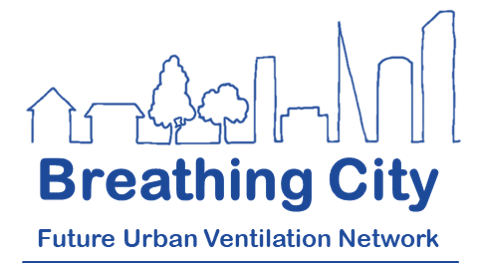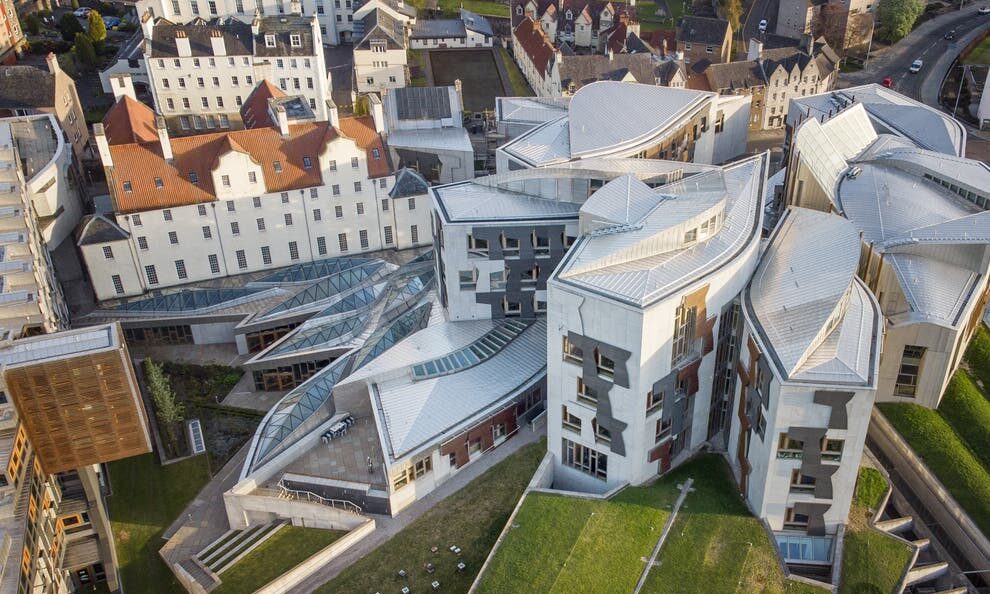Among the buzz of COP26 in Glasgow, one of the key messages from our community this month has been to include ventilation in net-zero building design.
The impact of built environments on climate targets is recognised at COP26 with an entire day dedicated to ‘Cities, Regions and Built Environment’. Changing how we build will be fundamental to mitigating climate change and providing adaptation to protect society against the impacts of the changing climate. Such changes should also consider air quality and ventilation to ensure buildings provide a healthy environment.
Last month, Breathing City investigator Prof. Tim Sharpe, with the HEMAC Network (Health Effects of Modern Airtight Construction) and SEDA (Scottish Ecological Design Association), launched a design guide to Indoor Air Quality in Airtight Homes. You can download the report here. Making buildings airtight is good for comfort and energy efficiency, but it comes with health risks if not properly managed. Airtight homes can overheat, become too humid and suffer from mould and a number of indoor air pollutants which harm human health. However, avoiding these problems is relatively simple; this new guide describes how to minimise the creation of indoor air pollutants, and effectively ventilate them away, to create fresh and healthy buildings which are also warm and comfortable.
As part of a series of events at the COP26 Built Environment Virtual Pavilion, Breathing City’s Prof. Cath Noakes participated as a panel member for the event “Safe, sustainable & healthy: The relationship between building safety reform, sustainability and wellbeing”. The event asked the question ‘Can we be more sustainable, safe and healthy, or do we face trade-offs, both now and in the future?’. With a focus around the Building Safety Bill, the discussions considered how safe, human-centred and low carbon design principles can be applied to improve energy and carbon performance of buildings, and to create sustainable buildings that are healthy and operate safely and effectively over their lifespans. The event was organised by the Chartered Institution of Building Services Engineers (CIBSE), University of Edinburgh, the Design Council and ACE.
Breathing City’s Dr. Helen Freeman, with the Parliamentary Office of Science and Technology, published an impartial briefing paper titled ‘Reducing the whole life carbon impact of buildings’. Buildings contribute a significant proportion of the UK’s carbon emissions and play a key role in achieving net zero emissions targets. The POSTbrief explores the emissions associated with buildings, from design to end of life, and presents an overview of the opportunities for reducing their carbon impact.
Our partner network HEICCAM also have an important role to play in ensuring good ventilation is achieved in the net zero building agenda. HEICCAM are integrating interdisciplinary researchers and stakeholders to develop indoor and outdoor air quality solutions. The transition to a low carbon economy and policies to improve air quality have important implications for exposure to air pollutants in the connected indoor and outdoor environments. While the transition will generally lead to lower exposures to ambient air pollution, the effect on personal exposure indoors is unclear. Measures to improve home energy efficiency typically entail reducing ventilation and hence air exchange. While beneficial in decreasing the penetration of pollutants from the outdoor environment, they may increase gaseous and particle pollutants from indoor sources. The limited understanding of these impacts reflects an evidence gap that is especially important for vulnerable groups including children, the elderly and those with pre-existing illness. The HEICCAM network seeks to address this gap.


